The Jolokia chili, also known as Ghost Pepper, measures a scorching 1,041,427 Scoville Heat Units (SHU) - approximately 400 times hotter than a jalapeño. This comprehensive guide reveals exactly how hot it really is, safe handling techniques, culinary applications, and answers to your most urgent questions about this legendary super-hot pepper.
How Hot Is Jolokia Chili? The Definitive Measurement
With an average Scoville rating of 1,041,427 units, the Jolokia chili (Bhut Jolokia) delivers extreme heat that requires serious caution. To put this in perspective:
| Pepper | Scoville Heat Units | Heat Comparison |
|---|---|---|
| Bell Pepper | 0 SHU | 0x Jolokia |
| Jalapeño | 5,000 SHU | 0.005x Jolokia |
| Habanero | 350,000 SHU | 0.33x Jolokia |
| Carolina Reaper | 2,200,000 SHU | 2.1x Jolokia |
| Bhut Jolokia (Ghost Pepper) | 1,041,427 SHU | 1x (baseline) |
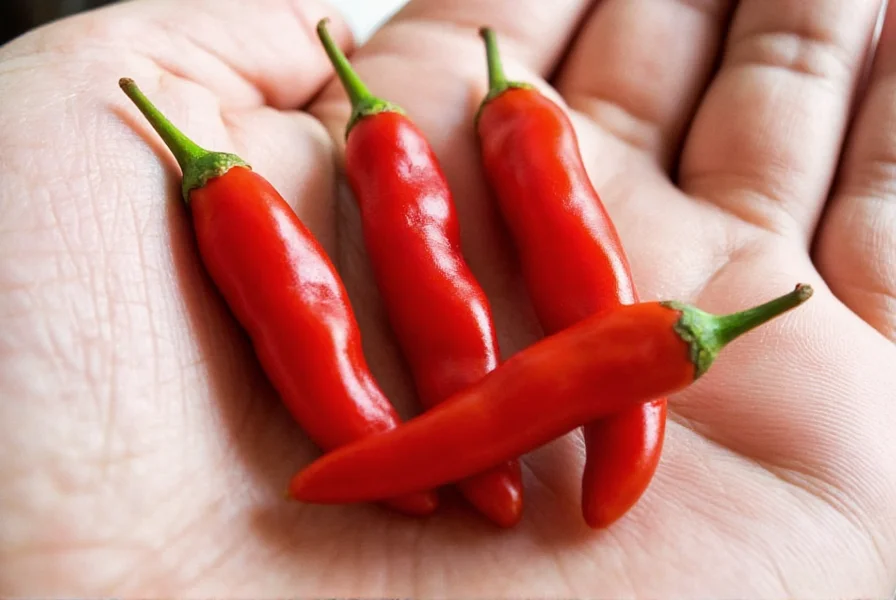
A single bite can cause immediate burning that lasts 20-40 minutes, with potential side effects including sweating, nausea, and temporary breathing difficulties. The Indian military actually uses Jolokia in smoke bombs for crowd control due to its extreme potency.
Is Jolokia Chili Dangerous? Safety First Guide
While not deadly in normal culinary use, Jolokia requires serious precautions:
- Wear nitrile gloves when handling - latex won't protect against capsaicin
- Never touch your face during preparation - capsaicin can cause severe eye irritation
- Work in well-ventilated areas - fumes can irritate respiratory system
- Keep dairy products nearby - milk or yogurt neutralize capsaicin better than water
- Start with minuscule amounts - 1/8 teaspoon powder serves 4-6 people
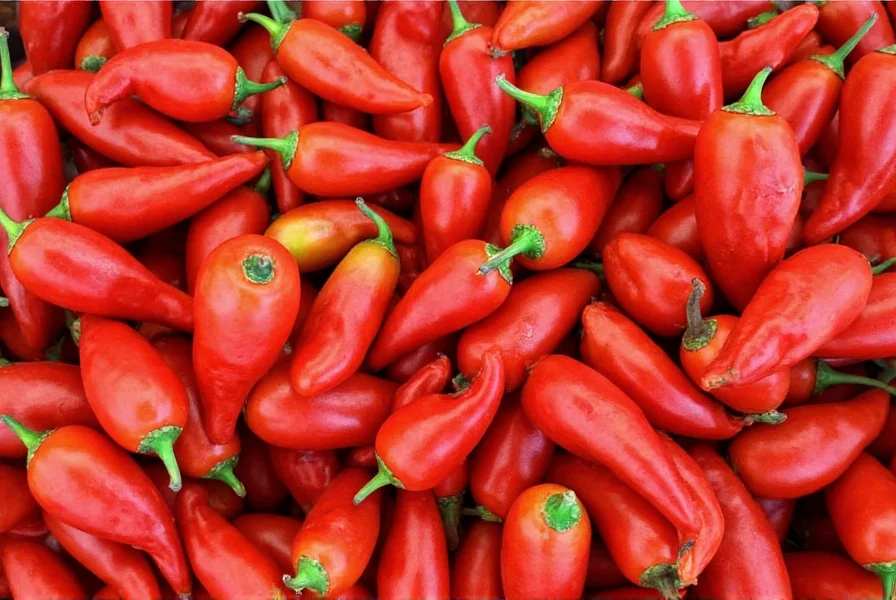
What Does Jolokia Chili Actually Taste Like?
Beyond the burn, Jolokia offers surprising complexity:
- First 15 seconds: Sweet, fruity notes (mango/apricot)
- Next 30 seconds: Smoky, floral undertones develop
- After 1 minute: Intense burning sensation begins
- Peak heat (2-5 minutes): Full-mouth burning that can cause sweating
- After effects (20-40 minutes): Gradual subsiding with lingering warmth
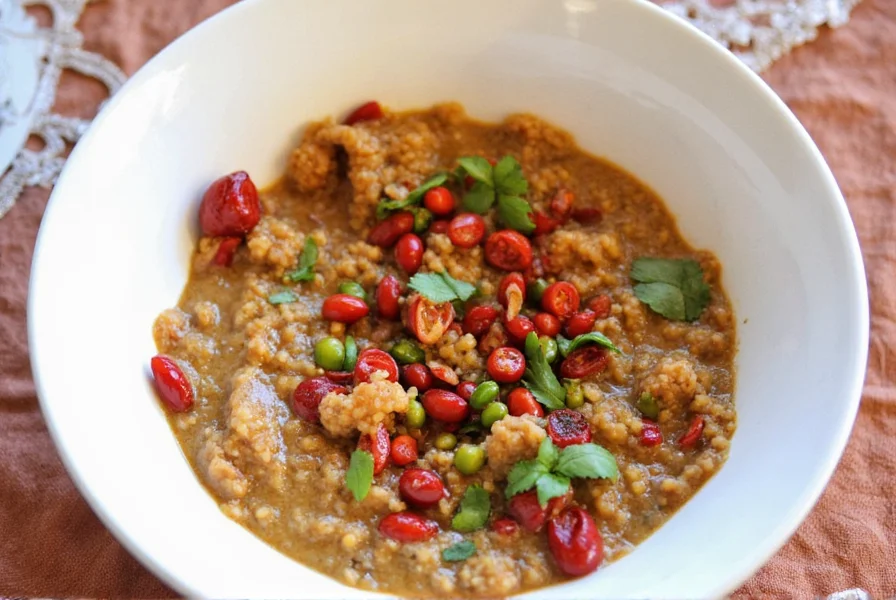
Practical Uses: How to Cook With Jolokia Safely
Professional chefs use these proven techniques to harness Jolokia's flavor without overwhelming heat:
- Infused oils: Steep 1 dried pepper in 1 cup oil for 3 days (remove before heat)
- Finishing powder: Sprinkle ghost pepper powder on finished dishes (not during cooking)
- Vinegar extraction: Soak peppers in vinegar to create hot sauce base (dilutes heat)
- Sugar balancing: Pair with honey or fruit to counter intense heat
- Layered heat: Add early in cooking for background warmth, late for intense punch
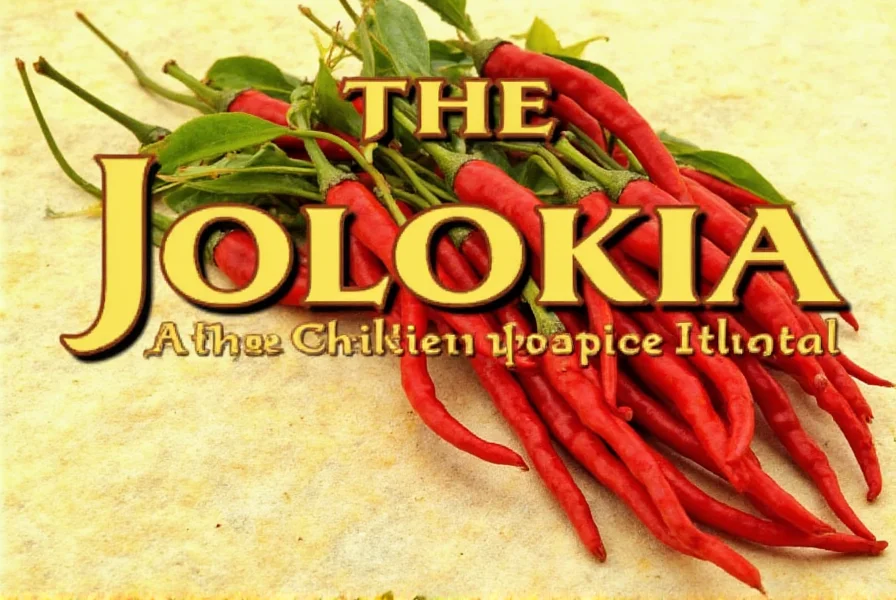
Where to Buy Authentic Jolokia Products (2025 Guide)
Quality varies dramatically - here's how to find genuine products:
| Product Type | Authenticity Signs | Avoid These Red Flags | Recommended Brands |
|---|---|---|---|
| Fresh Peppers | Bumpy texture, vibrant red color, strong aroma | Smooth skin, dull color, no scent | Local Indian markets, specialty growers |
| Dried Peppers | Deep red color, brittle texture, intense aroma | Brownish color, flexible texture, weak scent | True North, Chile Pepper Institute |
| Hot Sauce | Lists Bhut Jolokia first, natural ingredients | "Ghost Pepper flavor" without actual peppers | Mad Dog 357, Da' Bomb |
| Seeds | From Northeast India, germination guarantee | "Superhot" generic labeling, no origin | Ferry Morse, Baker Creek Heirloom Seeds |
| Supplements | Standardized capsaicin content, third-party tested | Vague potency claims, no testing information | NOW Foods, Jarrow Formulas |
How to Grow Jolokia Chili at Home Successfully
Follow these science-backed growing tips for maximum heat and yield:
- Start indoors: 8-10 weeks before last frost (needs 80-100 days to mature)
- Temperature control: Maintain 80-90°F during germination, 70-85°F after sprouting
- Soil requirements: pH 6.0-6.8, high in organic matter, excellent drainage
- Fertilizing schedule: Low nitrogen, high phosphorus/potassium after flowering
- Watering technique: Consistent moisture but never soggy (drought stress increases heat)
- Harvest timing: Pick when vibrant red with slight wrinkles (peak capsaicin production)
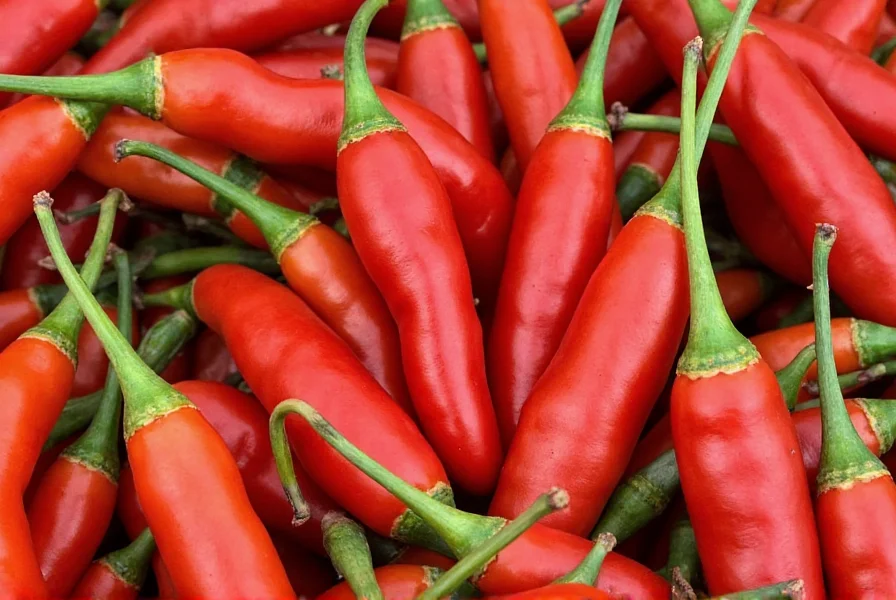
Jolokia Chili: Common Questions Answered
Can you eat Jolokia chili raw safely?
Technically yes, but strongly discouraged for most people. A single raw Jolokia can cause severe burning lasting 30+ minutes, potential nausea, and temporary breathing difficulties. Culinary experts recommend using processed forms (powder, infused oil, dried) for controlled heat delivery.
What's the fastest way to stop Jolokia burn?
Whole milk provides immediate relief (casein binds with capsaicin). For skin exposure, use rubbing alcohol first to dissolve capsaicin, then wash with soap. Avoid water alone, as it spreads rather than removes the oil-based capsaicin.
How much Jolokia should beginners use?
Start with 1/16 teaspoon powder or one small seed per dish serving four people. Wait 20 minutes before adding more - heat builds gradually and intensifies over time. Never add directly to hot oil, as this releases maximum capsaicin instantly.
Does Jolokia have health benefits?
Research shows capsaicin in Jolokia may boost metabolism by 5% and provide temporary pain relief through endorphin release. However, these benefits must be weighed against risks for those with sensitive digestive systems. Consult your physician before using medicinally.
How does Jolokia compare to Carolina Reaper?
Jolokia measures approximately 1,041,427 SHU while Carolina Reaper averages 2,200,000 SHU (over twice as hot). Jolokia offers more complex flavor with fruit notes, while Reaper delivers more immediate, overwhelming heat with less nuanced taste.
Expert Recommendations for Jolokia Newcomers
Professional chili handlers recommend this progressive approach:
- Start with Jolokia-infused products (hot sauce, oils) rather than raw peppers
- Use milk-based dishes (curries, cheeses) to moderate initial exposure
- Never consume on empty stomach - always pair with substantial food
- Keep emergency relief nearby (whole milk, sugar, antacids)
- Build tolerance gradually over weeks, not days
Remember: Jolokia's heat isn't just about sensation - it's a chemical reaction that requires respect. When handled properly, it offers unparalleled depth of flavor that ordinary hot peppers can't match. Focus on flavor enhancement rather than pure heat chasing for the most rewarding experience.

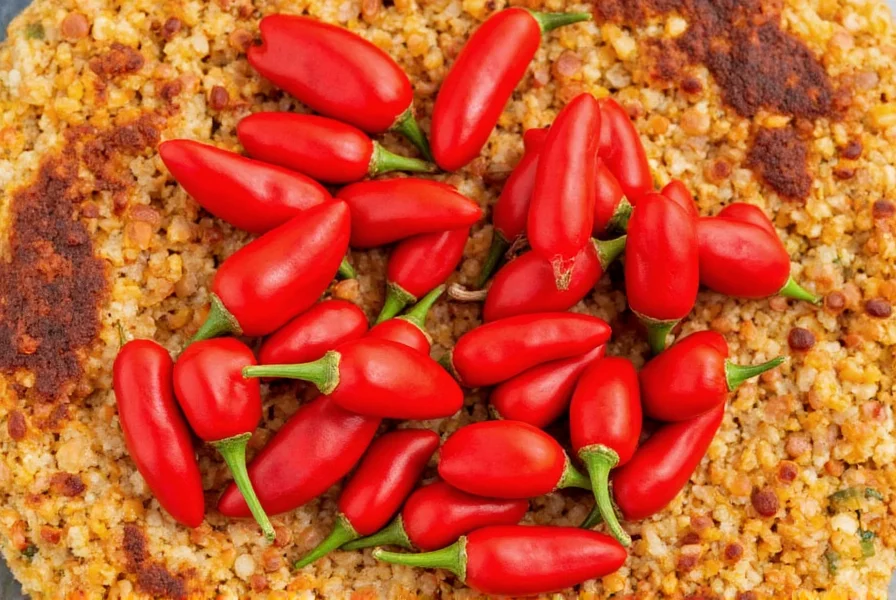









 浙公网安备
33010002000092号
浙公网安备
33010002000092号 浙B2-20120091-4
浙B2-20120091-4